Blue Maid Holly
$79.50 Original price was: $79.50.$55.65Current price is: $55.65.
- Free Shipping over $25
- Fast & reliable delivery options
- Enjoy top quality items for less
- Multiple safe payment methods

Everyone loves holly trees, with their richly-colored evergreen foliage and bright-red berries in winter – a classic Christmas feature. Sadly, holly trees don’t love everyone, especially those of us who live in colder areas, and many will not grow further north than zone 6 or 7. Luckily, there are hardier forms available, suitable for colder areas, and one of the very best, and toughest, is Blue Maid Holly. This tree is a hybrid form that is among the hardiest hollies available, and also one that produces a heavy crop of red berries.
Blue Maid Holly is a vigorous bush that soon reaches 8 to 10 feet tall, with a width of 6 to 8 feet. It has dense growth, and the leaves are large, with a lustrous, glossy surface. The foliage is always a healthy deep green, with a slight bluish tone, intensifying the depth of color. The underside of the leaves is lighter green. The leaves are almost oval, and the margin has several short teeth along it, but it does not have the sharp spines typically of most other holly bushes. This makes it ideal for planting along a pathway, or where you might brush against it, which is impossible with other hollies. In May many small white flowers open, and these develop into glossy, bright red berries by fall. They last well into winter, until they are eventually eaten by birds, providing valuable winter food for them.
Growing Blue Maid Holly Bushes
Blue Maid Holly has a naturally dense and bushy growth pattern, and needs no trimming to be neat, with an informal upright shape. It can also be clipped into a dense hedge or trimmed into more formal rounded or conical shapes. It makes an excellent screening plant on your property line, or to provide privacy, especially since it grows 6 to 12 inches a year, and so quickly develops into a tall and dense shrub. It can be planted towards the back of larger shrub beds, or along the margins of a wooded area. This valuable evergreen has a place in every garden, whatever style it might be.
Hardiness
The major difference between the Blue Maid Holly and other hollies is its winter hardiness. It is perfectly hardy throughout zone 5, and it is even hardy in all but the coldest parts of zone 4. With its vigorous growth, any winter damage is quickly replaced. This means that even if you live in cold states in the north-east or mid-west, you too can enjoy those beautiful red berries at Christmas, from your own garden.
Planting Your Blue Maid Holly
Plant the Blue Maid Holly in a sunny location. It will also grow in light shade, where the growth will be more open, and you may see fewer flowers and berries. Some afternoon shade is helpful in zone 7, to prevent sun scorch. This bush will grow well in almost any kind of soil except heavy clay, but do not plant in wet, soggy soil. Adding organic material at planting time, and as a mulch every year or two, will give you sturdy growth and good health. Spring feeding with an evergreen fertilizer is recommended, especially for plants you regularly trim, such as in a hedge. This plant has no significant pests or diseases.
Using the Blue Maid Holly as a Hedge
For hedges, space plants out evenly, 4 feet apart. Allow 3 feet in front and behind the line of your hedge for the plants to thicken as they grow. Trim lightly as new shoots emerge. For best berry crops on hedges, trim new growth in summer, leaving the developing berries on the older stems. This will allow time for flower beds to develop at the base of the new shoots. Holly bushes have separate plants for females, which produce berries, and males, which produce pollen to make the berries grow.
For the best berry crops, a male tree of the same type should be planted for every 4 or 5 female trees. The best choices for the Blue Maid Holly are the male hollies ‘Blue Prince’ and ‘Blue Stallion’. In a hedge, scatter male trees along the line, and keep them well-trimmed, as they usually grow more vigorously than female trees.
History and Origins of the Blue Maid Holly
Most holly trees are forms of the common Holly (Ilex aquifolium), a native tree of Europe, including Britain. When it was introduced into American gardens it found the harsh winters of the northern states impossible to live in, as the cold damaged and killed the foliage and branches. Gardeners looked for solutions and the answer came from Kathleen Kellogg Meserve. She was an enthusiastic amateur gardener who lived last century on a 10-acre garden in St James, Long Island.
Kathleen Kellogg Meserve collected many kinds of holly trees from around the world and found that one, the prostrate holly from Japan (Ilex rugosa), was extremely hardy and never suffered any damage in winter. She took pollen from it and used that to fertilize some flowers of the common holly. When she grew the resulting seeds, she found that the plants were now attractive like the common holly, but hardy like the prostrate holly – she had found the perfect holly for colder climates. One of the very best of all the seedlings she named ‘Mesid’, and she patented it in 1979. She then registered the name Blue Maid® for it, and the Blue Maid Holly was born.
Buying Blue Maid Holly Bushes at The Tree Center
Such a special plant as this must be grown only by rooting stem pieces derived from the original plant, so plants grown from seed will not be like the original Blue Maid Holly created by Mrs. Meserve. Cheaper plants simply called ‘hardy holly’ are of little value, as these will not be the remarkable Blue Maid Holly you need for your cold area. Our trees are derived from the original patented plant, and they are definitely this remarkable plant. There is always great demand for hardy hollies, and this – one of the best, yet rarely available – is selling fast. Order now or be disappointed.
Be the first to review “Blue Maid Holly” Cancel reply
Related products
Evergreen Trees
Evergreen Trees
Evergreen Trees
Evergreen Trees
Evergreen Trees
Cypress Trees
Evergreen Trees
Cypress Trees

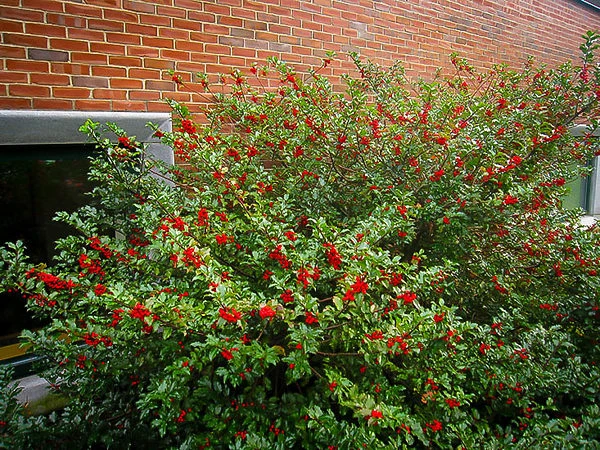
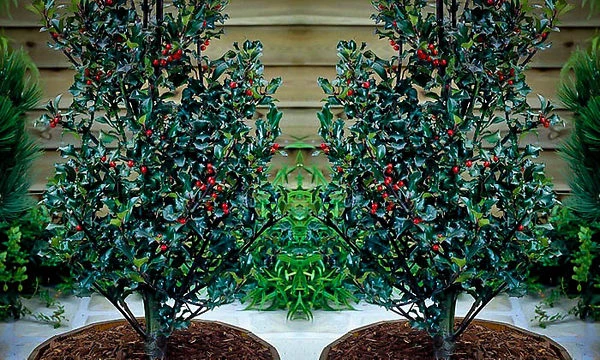
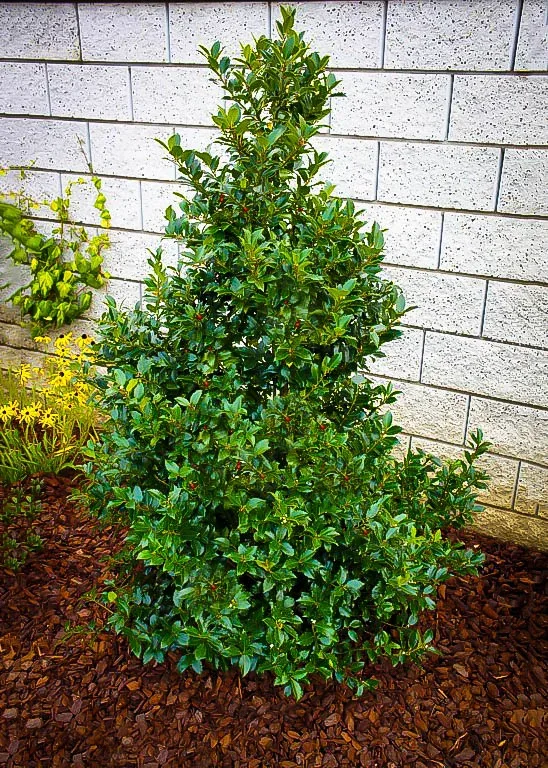
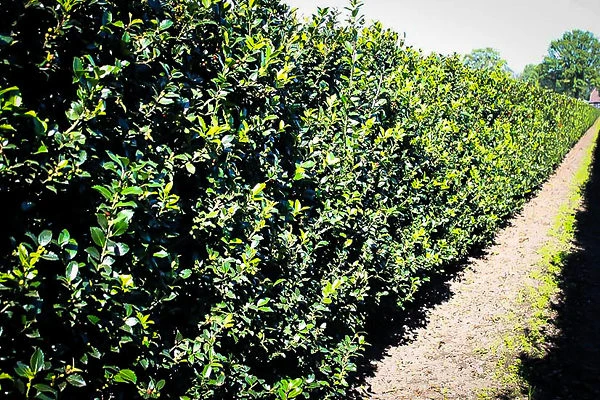

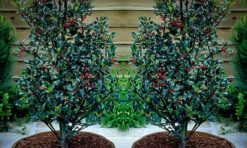

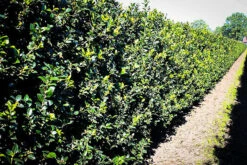




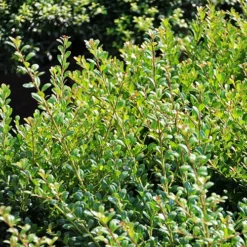
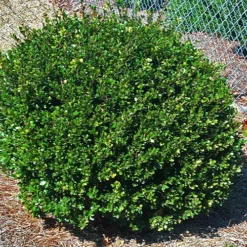
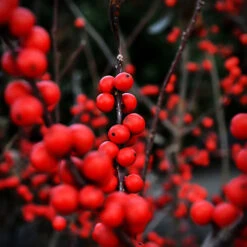

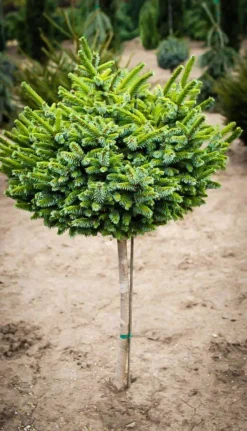
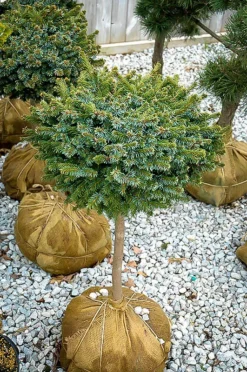




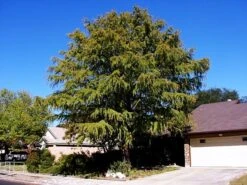

Reviews
There are no reviews yet.